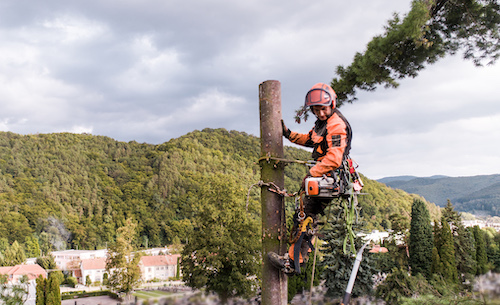How To Choose The Best Arborist Service
- Written by Viw Magazine

Are you looking locally for an excellent Tree Service company for a tree management project on your property? If so, read below to find the most important points for choosing a great company.
Is This Tree Service Company Insured?
The first and foremost important point is to make sure that the tree service company you hire is covered by insurance. This means that in case of an accident, injury or property damage, their insurance will cover it.
Ask for proof of insurance from them before signing any agreement with the company.
Do They Have Good References?
The next point to consider is the references to the arborist service. Ask for a list of recent clients and contact them to get their opinion about the company’s services. Also, look online for reviews from customers who have already used the company’s services.
Are They Knowledgeable?
When it comes to tree care, knowledge is very important. Make sure that the Tree Service Company you hire has experienced staff members who know what they are doing and how to do it properly.
Find out if they can provide an estimate beforehand or if they will inspect your property first before giving any estimates.
What Rating Do They Have For Online Reviews?
Finally, it is important to check out the online reviews of the company. Find out what others are saying about them and be sure to look at both positive and negative feedback. This will give you a better understanding of their services and how they treat their customers.
Make sure that the tree service company you choose has good ratings for customer satisfaction.
Are They An Experienced Team?
It is also essential to ask if the company has experienced tree service staff. You want a team that is knowledgeable and can handle whatever work needs to be done on your property. Ask for proof of experience and certification before hiring them.
Following these tips will help you narrow down your choices when selecting an Arborist Service Company for any
Is This Tree Service Company Using The Latest Equipment?
Another important point is to check the type of equipment that the tree service company uses. Make sure that they are using up-to-date, high quality and effective tools and equipment.
This will ensure that your project will be done properly and efficiently. It’s also a good idea to ask how often they maintain their equipment so you can be sure that they are always working with the best tools.
Do They Have The Necessary Licenses?
When selecting a tree service company, make sure to check if they have the necessary licenses and permits for your area.
A good arborist service will already possess the required permits and licenses, so ask about this before hiring a company. This will help to protect you from any potential legal issues or other problems that may arise due to the tree service work.
Hopefully, the points above will be a great starting point in sourcing the best Tree Service Contractor so that your tree project runs smoothly.





